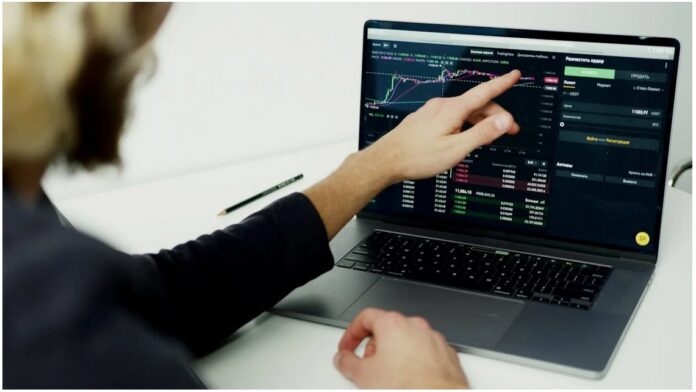Every year, South Korean traders must change their methods according to what the market shows and the patterns seen in the export market. The demand for the Korean won is greatly affected by the usual seasonal cycles in exports such as those from semiconductors, automobiles, and consumer electronics. They create usual trends, affect cash flow plans, and lead currency traders to make choices that affect their position over a year.
In such a country, it is important to pay attention to when shipments are made since they greatly affect GDP. With buyers demanding more goods just before the U.S. holiday season and the Chinese Lunar New Year, the number of goods shipped from South Korea rises. Because of this, more foreign currency is received when clients buy from the country and make payments in dollars, euros, or yuan. If the funds are turned back into Korean currency, then the demand for the won increases. People who know these trends can expect appreciation of the won and make the required moves in advance.
These trends are usually small but tend to follow the same patterns each time. Before the season starts, expert traders in South Korea carefully watch export forecasts and information on shipments. They are aware of the busy seasons for a country’s industries and how they can lead to more foreign exchange. Traders need to watch carefully for slight changes in how people feel or changes within the supply chain, acting ahead of the crowd.
During these seasonal shifts, it takes more than just observing trends in the markets. Traders observe the market’s demand, review their stock availability, and identify the way international buyers behave. When indications show that rates may drop because of lower retail predictions overseas, they may take steps to adjust their forex trading approach. Alternatively, when orders from main trading partners are steady or improving, this shows that Korea’s exports may soon rise, which could strengthen the Korean won.
Not only professional analysts make these predictions. A lot of retail traders in South Korea come up with their own ways to monitor export-related trends. Trade ministry updates are followed by a few, while others focus on observing freight or exporters’ financial results. In chat groups and internet forums, they share ideas and check their theories. As time goes by, trends develop and give smaller traders more opportunities.
In this manner, forex trading is very closely connected to economic reality. While changes on the global stage affect everybody, domestic export performance is still something traders can depend on. It reduces the chances of making guesses. Realizing that exports of electronics boost in the fourth quarter and auto shipments in spring gives you additional confidence in your trade decisions.
The way the market follows various cycles and seasons adds a sense of rhythm to its atmosphere. It may seem that currency trading is not real until traders view it along with the movement of goods and the timing of trade agreements. People engaged in trade in South Korea are more closely linked to what goes on in industrial sites, harbors, and important meetings. They think about policies from a financial standpoint and how the country’s economy changes over the whole year. No matter how the global market changes, such insights are still important. Although they may not do the most precise moves, they give traders something solid to rely on. When it comes to using both technical and local knowledge, South Korean traders rely on seasonal export cycles.
